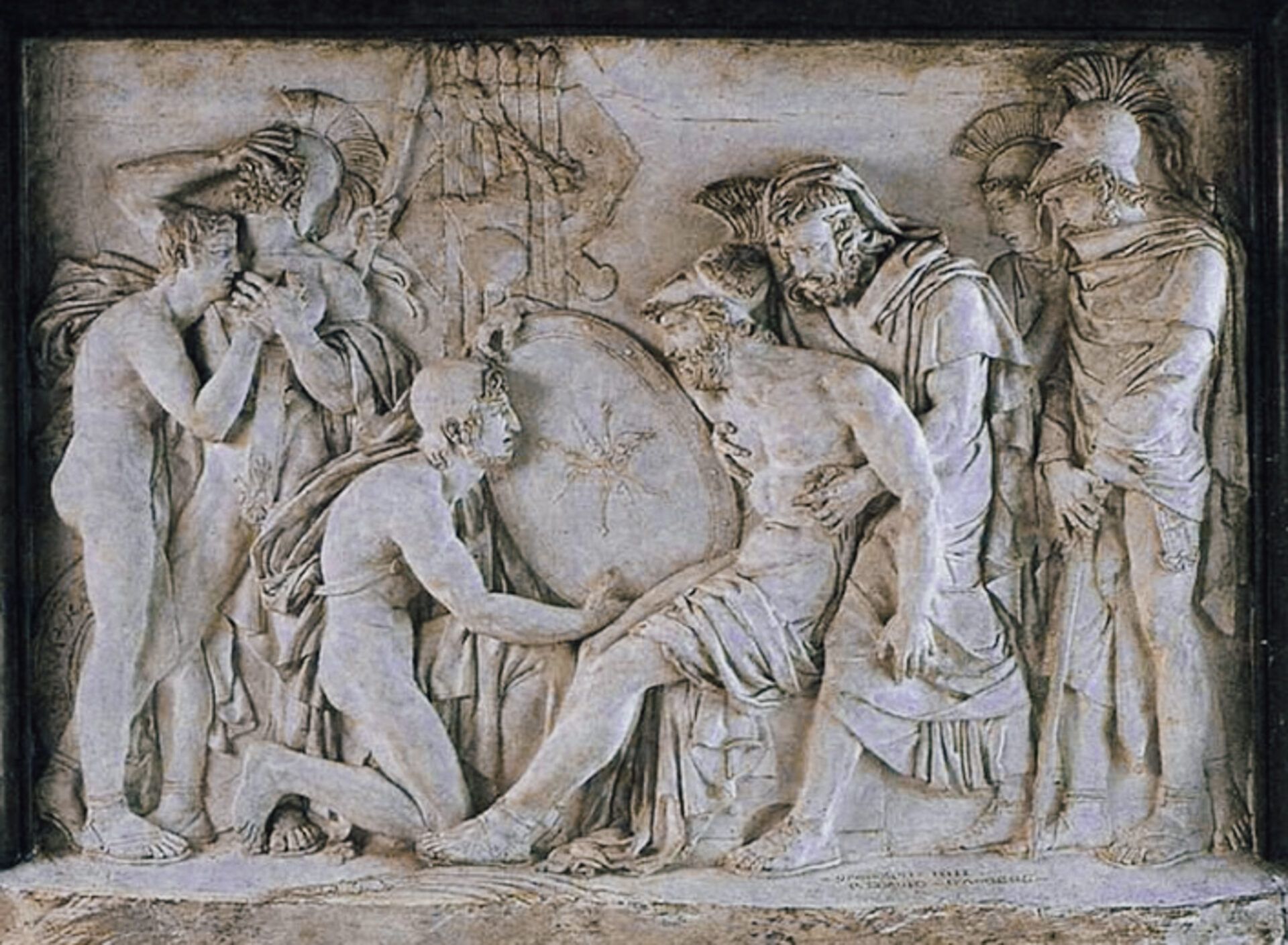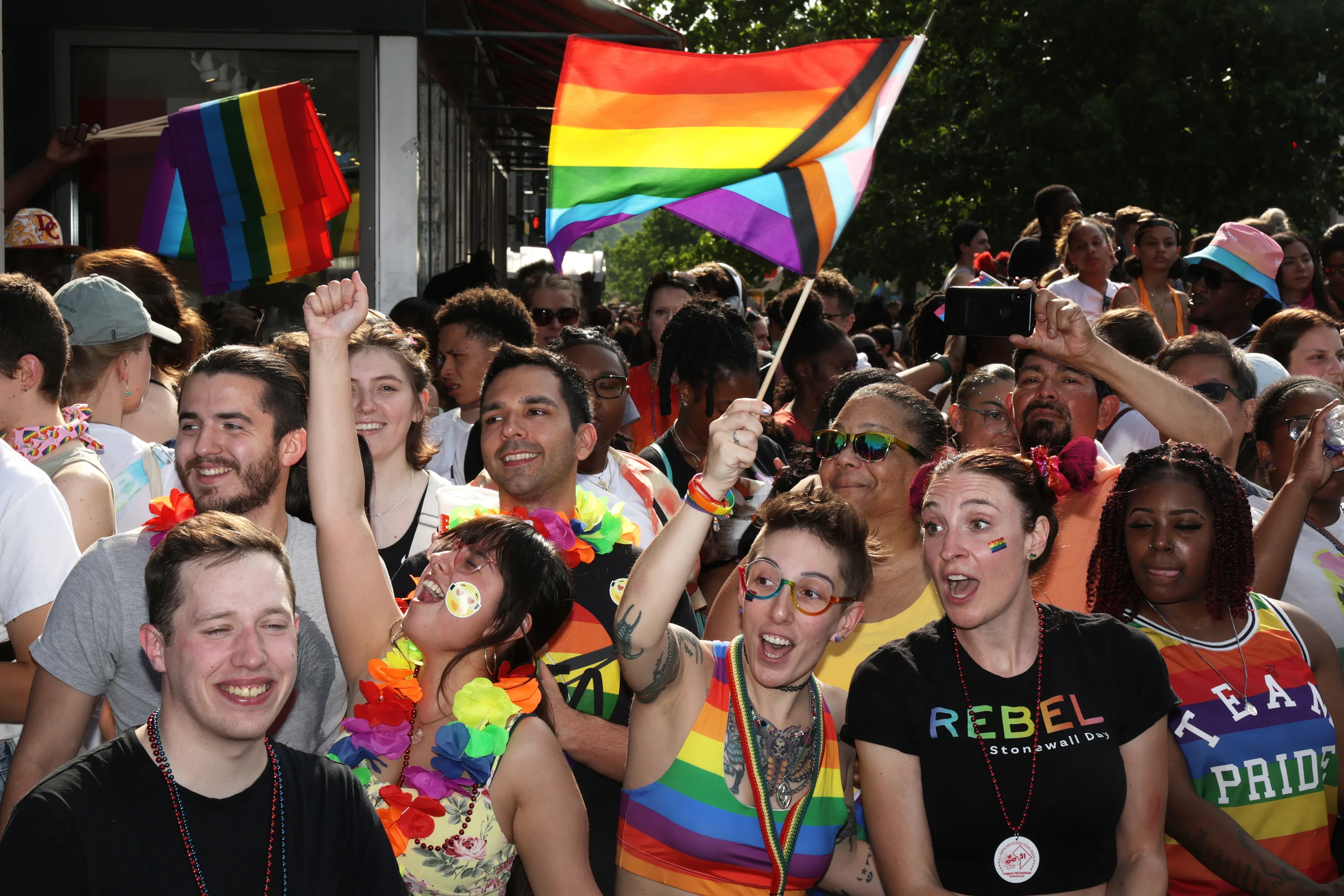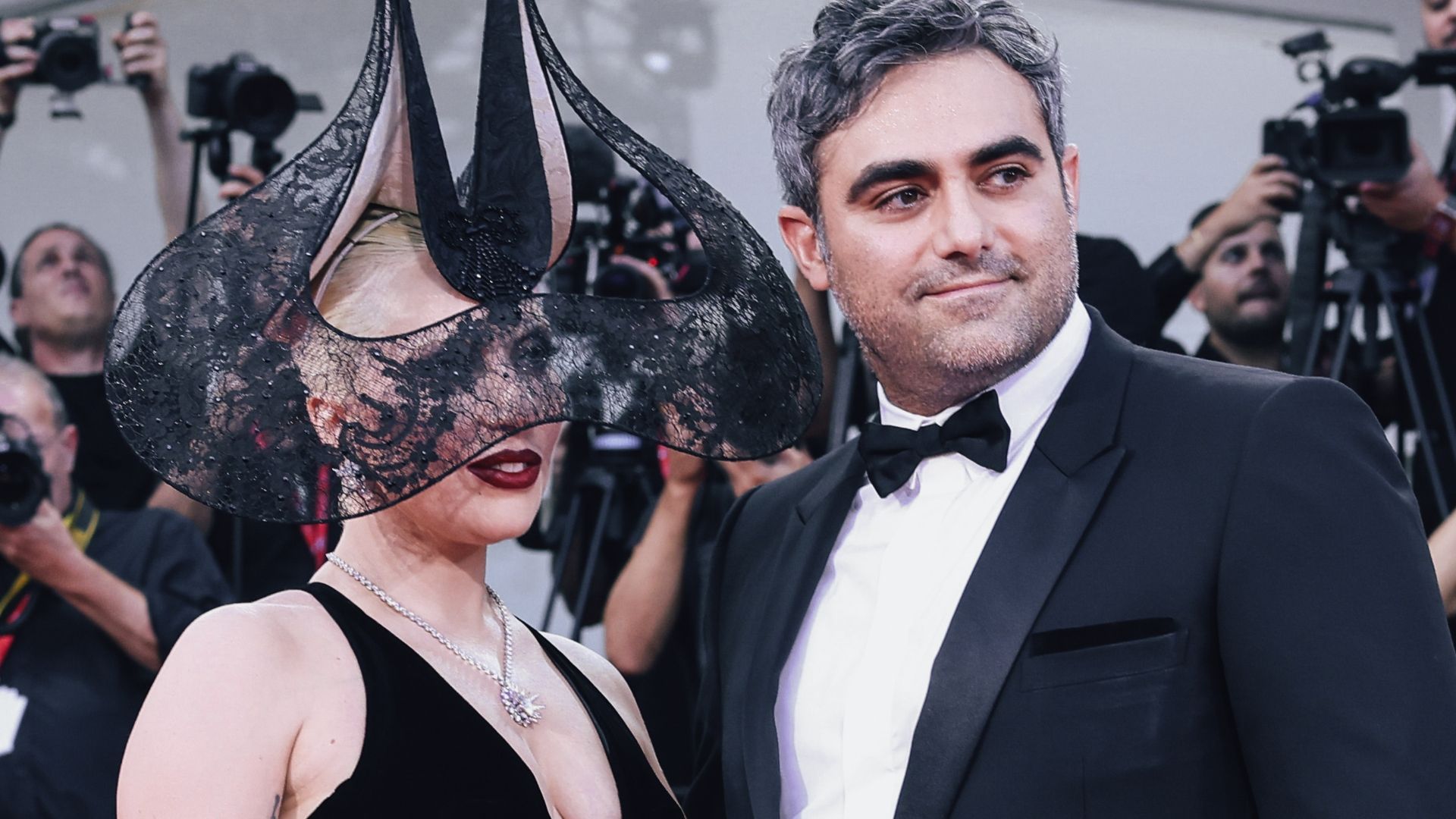Specifically, the drive towards unearthing queer historical narratives has seen a significant rise over the past decades. In literature for example, we have witnessed the rise of historical fiction featuring events and characters from a previously unknown queer canon as a manner of furthering our understanding of our past, in order to develop and strengthen our future identities. One such area where this research is particularly potent is within the studies of the Ancient Greeks. Most notably, the success of Madeline Millar’s The Song of Achilles (2011) has asserted public and scholarly interest in the unmasking of mythological queers from ancient cultures, specifically the Greeks.
Another reason why contemporary queer individuals seek out these classical narratives is to assert the longevity of their identities. Year after year the world becomes more tumultuous and challenging to live as a queer person, with far-right individuals arguing on how “unnatural” or “woke” it is to identity within the LGBTQ+ umbrella. But, when we look back towards the past, we see that queerness has always been there. Not only that, but it has been encouraged and even celebrated, as we see in the story of the Sacred Band of Thebes from Ancient Greece.

The Sacred Band of Thebes was a derivative of the Theban army between the years of 378-338 BCE, composed of 300 gay men divided into 150 couples. Becoming famous under the lead of Pelopidas, they were considered the pinnacle of military success at their prime. Responsible for victories at the Battles of Tegyra and Leuctra, they continued undefeated before falling as a complete unit at the Battle of Chaeronea in 338 BCE. Interestingly, there is a tentative reference made to the Band in Plato’s Symposium, where Phaedrus not only speaks of the sacrifice Achilles made for Patroclus during the Trojan War (fictionalised in Miller’s novel), but of a hypothetical “army of lovers”, and the ability this supposed military union could have in being an unstoppable force (Plato, quoted by James Flynn). Regardless of whether Plato was writing explicitly about the Sacred Band or not, it’s intriguing to look at potential precedents for a militia made up of soldiers who shared more than “platonic” love for one another.
Though an army corps composed of strictly homosexual soldiers was thought to be unique to the Sacred Band, this notion did not apply to Greek society at large at the time of their inception. Male-on-male romantic relations were, in fact, fairly common within society at this point, with this idea even being represented at the most divine level through the relationship between Zeus and Ganymede. The former, the king of the gods and the embodiment of Greek masculinity, becoming enamoured with the latter, a young and beautiful mortal boy, was built upon a clearly established power dynamic between the two. The two perfectly encapsulate an expectation imposed upon queer relationships – that of the overt characterisation of the erastes (the older, powerful man) and eromenos (the vulnerable youth). The erastes were men of a high social background, who in our contemporary understanding upheld patriarchal values and represented modern understandings of “manliness”. The eromenos, then, younger and often from a lower class, suffered from oppression and were heavily stigmatised by wider Greek society. It is also important to note that these binary identifiers extended into acts of sex, with the erastes the “penetrator” and the eromenos the “penetrated” (Mark Milligan). Even though queerness was permitted to be shown publicly, the limitations of patriarchal dogmas prevented a sense of utopia that is perhaps idealised when referring back to historical accounts of LGBTQ+ love.

The Sacred Band of Thebes, however, despite being composed of equal parts erastes and eromenos, seemingly finds a method of disintegrating the opposing roles of queer men within relationships, and instead unites the couples into one military body that saw significant success. Following their fall at the Battle of Chaeronea, Ancient Greek logographer Dinarchus commented on their honour, referencing how they and Pelopidas “embodied the values Athens had lost” and should “work to reclaim”(Dinarchus, quoted by Joshua J. Mark). Thus, we see how the Band subverts the established tenets of both Greek queer relationships, and Greek society as a whole, by unifying under one common goal, and using mutual and balanced love to pursue it.
The Sacred Band of Thebes is an aspect of history that proves that even the most stereotypically masculine trait (in our contemporary understanding, of course) – violence – has some roots in queerness. The formation of this “army of lovers”, along with their subsequent military success, is an idea detached fully from what could be fathomed today, yet their story has the potential to infuse us with hope. One must only look upon Lidbury’s sculpture to see why; despite the eventual tragedy that befall the Band, the importance of union, love and loyalty is enough to make their legacy beautiful.





















